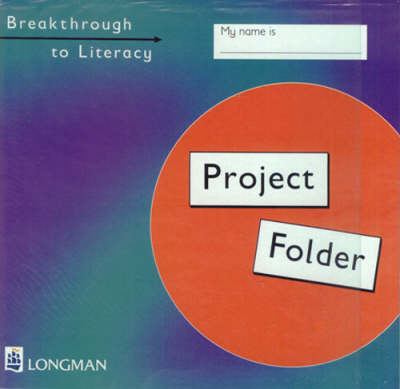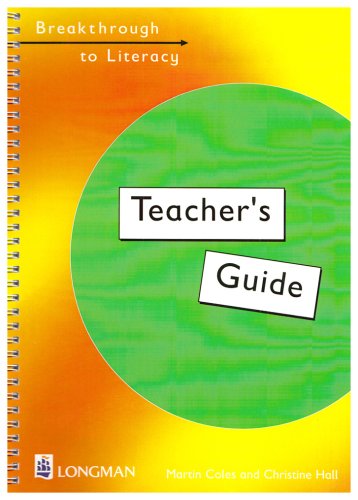Breakthrough to Literacy
38 total works
Breakthrough - Blue Series
by David Mackay, B. Thompson, Pamela Schaub, and F. Knowles
Breakthrough to Literacy: Customer Question and Answer Leaflet
by Martin Coles, Christine Hall, Brian Thompson, Pamela Schaub, and David Mackay
The format of the materials encourages independent learning, physical involvement in the act of composition and creative language play. The series provides the stimulus for using language in all ways - listening, speaking, reading and writing. It integrates easily into classroom literary activities and fits with any scheme or approach. In addition, the material is suitable for use by children lacking in literary experiences and those with special needs.
Breakthrough - Red Series
by David Mackay, B. Thompson, and Pamela Schaub
Breakthrough to Literacy:My First Word Book N/E Paper
by Martin Coles, Christine Hall, Brian Thompson, Pamela Schaub, and David Mackay
The format of the materials encourages independent learning, physical involvement in the act of composition and creative language play. The series provides the stimulus for using language in all ways - listening, speaking, reading and writing. It integrates easily into classroom literary activities and fits with any scheme or approach. In addition, the material is suitable for use by children lacking in literary experiences and those with special needs.
Breakthrough to Literacy:Teacher's Guide N/E Paper
by Martin Coles and Christine Hall
Children also have a sense of ownership and a feeling of achievement derived from being in control of the literary process. The format of the materials encourages independent learning, physical involvement in the act of composition and creative language play. The series provides the stimulus for using language in all ways - listening, speaking, reading and writing. It integrates easily into classroom literary activities and fits with any scheme or approach. In addition, the material is suitable for use by children lacking in literary experiences and those with special needs.
Breakthrough - Yellow Series
by David Mackay, B. Thompson, Pamela Schaub, and F. Knowles
Breakthrough to Literacy: Teacher's Sentence Maker
by David Mackay and Brian Thompson
Breakthrough Teachers Sentence Maker
by David Mackay, B. Thompson, and Pamela Schaub
My Sentence Maker - Replacement Word Cards (4 Sheets)
by David Mackay and B. Thompson
Breakthrough: My Sentence Maker: Pupil's Folder Only
by David Mackay, B. Thompson, and Pamela Schaub
Breakthrough: Handwriting Cards
by David Mackay, B. Thompson, and Pamela Schaub


